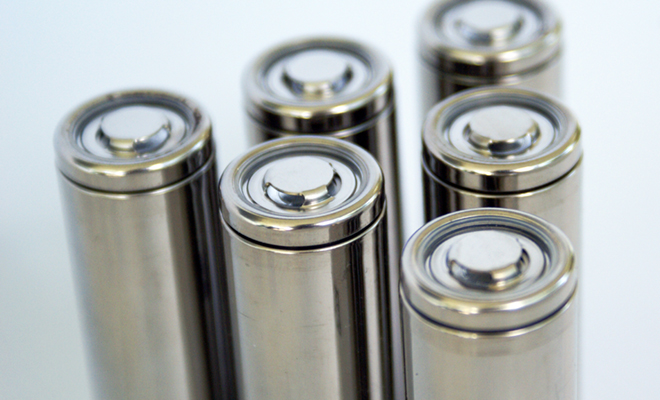New research from the University of California San Diego has found one of the causes of voltage fade in lithium-rich layered oxides (LRLO). LRLO is a promising candidate as a cathode material as it can provide 50% more capacity than current alternatives. However, voltage fade reduces the energy capacity of this material over time. UC San Diego’s research has shown that the phenomenon in LRLO, NMC specifically, is reversible and that there are several ways to mitigate its effects.
The researchers identified nanoscale defects or dislocations in Lithium-rich NMC cathode materials as the batteries charged at a range of voltages going up to 4.7 volts. “The dislocations are extra atomic layers that don’t fit into the otherwise perfectly periodic crystal structure,” said lead author Andrej Singer. “Discovering these dislocations was a big surprise: if anything, we expected the extra atomic layers to occur in a completely different orientation.” By combining experimental evidence with theory, the team concluded that the nucleation of this specific type of dislocation results in voltage fade.
The data showed that these defects are more common in LRLO compared to standard layered oxides, with no new defects occurring above 4.2 V in non-lithium-rich NMC materials. Researchers were able to peer inside each nanoparticle through the use of Argonne National Lab’s Bragg coherent diffractive imaging technique. Based on their observations, the team found that heat-treating the cathode materials removed most defects and restored their original voltages.
“Our paper is mainly about unlocking the mystery of the dislocations that cause voltage fade in Lithium-rich NMCs. We don’t have a scalable solution yet to solving the voltage fade problem in Lithium-rich NMCs, but we are making progress,” says co-author Professor Shirley Meng.
Fellow author Minghao Zhang states,“Our work for the first time clearly demonstrates that defect generation and defect accumulation in the structure of Lithium-rich NMC materials are the origins of voltage fade. Based on this explanation, we designed a heat treatment regime and then showed that the heat treatments removed the defects in the bulk structure and restored the battery output voltage.”
This is just one of many discoveries being made in cathode material technology. With such rapid progress, who knows which cathode will reign supreme?
Source: UC San Diego



















































































